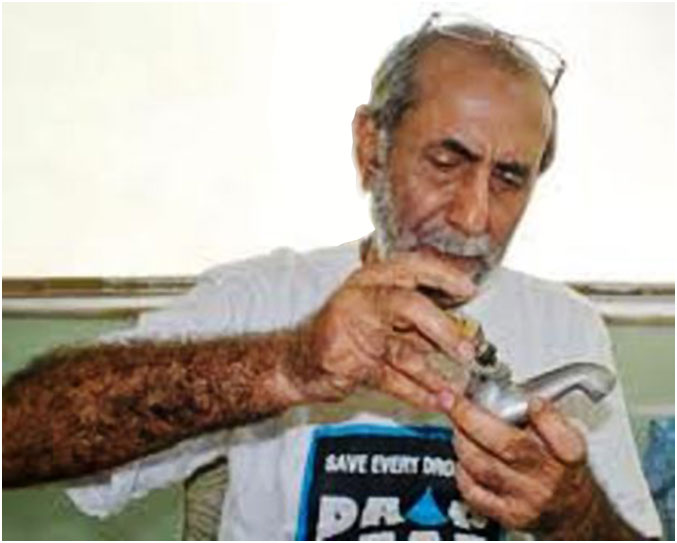If I Can You Can...
Asks Gulshan Grover
GULSHAN GROVER...
How can you be water wise? It’s easier than you think. Simple actions can have big impacts. Healthy teeth, healthy rivers Remember to turn off the tap while brushing your teeth – a running tap wastes over 6 litres per minute. If the entire adult population of England and Wales remembered to do this,...
So simple, So effective
Courtesy : Net...
A call for the Ganga
Professor G.D. Agrawal at Doon Hospital in Dehradun. Photo: Vikrant Sharma A call for the Ganga ANJANA RAJAN Noted activist for the preservation of the Ganga, Swami Gyan Swaroop Sanand, formerly known as scientist G.D. Agrawal, tells us why India’s national river is different from all others… He combines the clarity of a good teacher...





